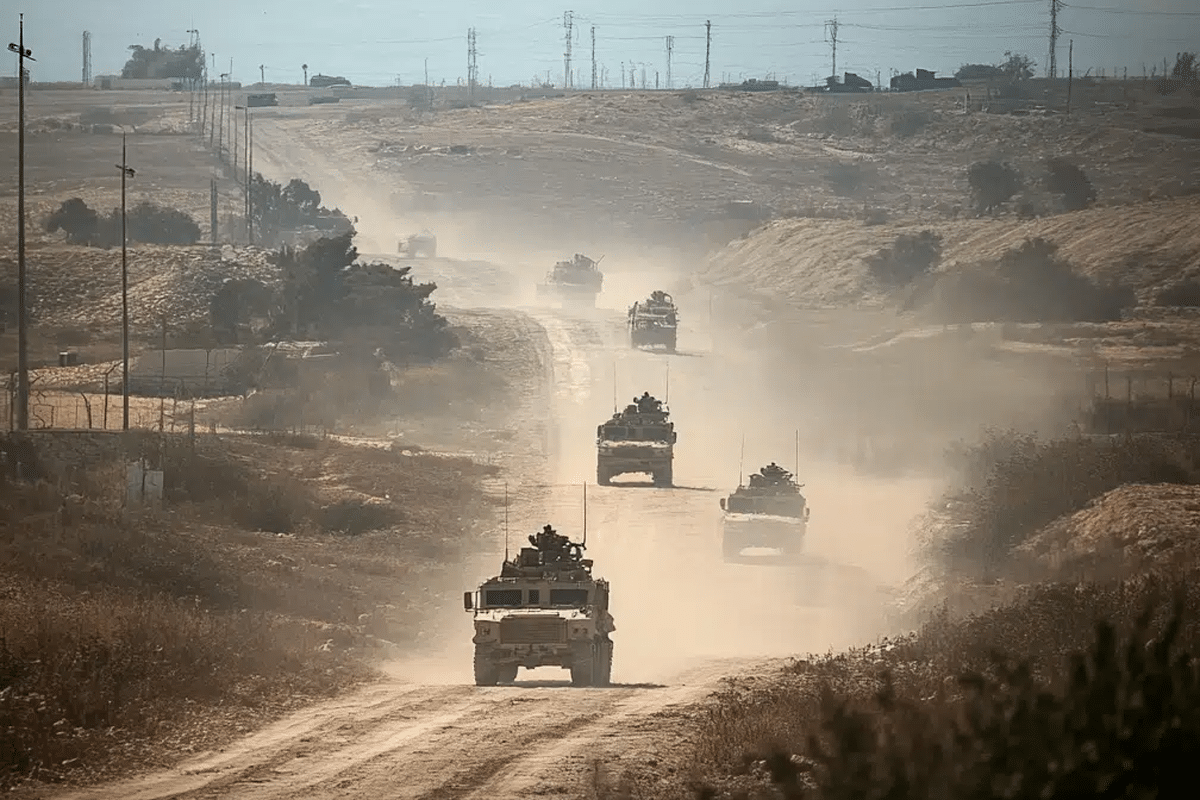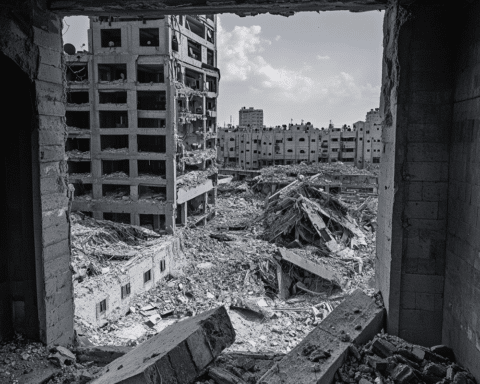Negotiations on the Verge of Conclusion
A prospective ceasefire and hostage exchange agreement between Israel and Hamas is reportedly 90% complete, according to a senior US administration official. However, significant disputes remain, particularly regarding the exchange of prisoners for hostages and the redeployment of Israeli forces within Gaza. Negotiations, which have been ongoing for months with the involvement of Qatar and Egypt, have gained renewed urgency after Hamas killed six hostages.
Critical Elements of the Ceasefire Agreement
American officials and their counterparts in Qatar and Egypt have worked tirelessly to broker a deal that would end the nearly year-long conflict. According to a senior Biden administration official, the proposed agreement involves several critical elements. Among these is the withdrawal of the Israel Defense Forces (IDF) from “densely populated areas” in the first phase. In the second phase, the IDF would be required to withdraw entirely from Gaza.
“The agreement itself makes no mention of the length of the Egypt-Gaza border known as the Philadelphi Corridor,” the official shared, following public statements by Israeli Prime Minister Benjamin Netanyahu, who emphasized the importance of maintaining control of the corridor for Israel’s security. Netanyahu’s stance, however, has not been well received by US officials. “Staking out concrete positions in the middle of a negotiation isn’t always particularly helpful,” the US official added.
Challenges in Prisoner Exchange Negotiations
The most contentious issue remains the exchange of prisoners for hostages. Under the current proposal, Israel would release around 800 Palestinian prisoners, including those serving life sentences, in exchange for approximately 30 hostages held by Hamas, including female, elderly, and wounded individuals. However, Hamas has proven to be a challenging negotiation partner.
“There was some progress last week, but it is difficult and requires Hamas to engage. Otherwise, you can’t move forward,” the US official emphasized. The killing of six hostages by Hamas has only complicated matters, raising questions about the group’s willingness to reach a deal.
Pressure from Families and Broader Implications
The slow progress has led some families of American hostages to urge the Biden administration to explore a separate agreement with Hamas aimed at securing their loved one’s release. Nevertheless, US officials remain committed to the more significant deal, seeing it as the best hope for a comprehensive solution. “We are working on a proposal that would release all the hostages, including the American hostages,” said White House National Security Spokesman John Kirby.
The broader agreement also includes significant humanitarian aid provisions. As part of the deal, 600 aid trucks daily, including 50 fuel trucks, would be allowed into Gaza to support internally displaced persons and assist with rubble clearance and infrastructure rehabilitation.
Final Steps in the Process
While negotiators are pushing to finalize the remaining details of the 18-paragraph proposal, it remains to be seen when in-person negotiations will resume. “We want to get this proposal developed as soon as possible and get it over to Israel and Hamas and then try to get a final agreement,” said State Department Spokesperson Matthew Miller.
The Path Forward
As the negotiations reach their critical phase, the world watches to see whether this comprehensive ceasefire agreement can be finalized. The deal can potentially end the violence, free the hostages, and restore stability to the region. However, with critical issues still unresolved, the path ahead remains uncertain.





